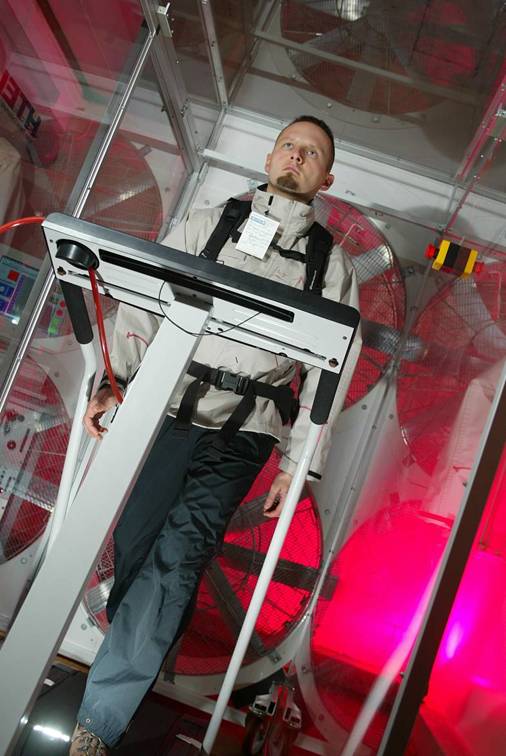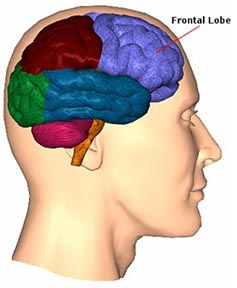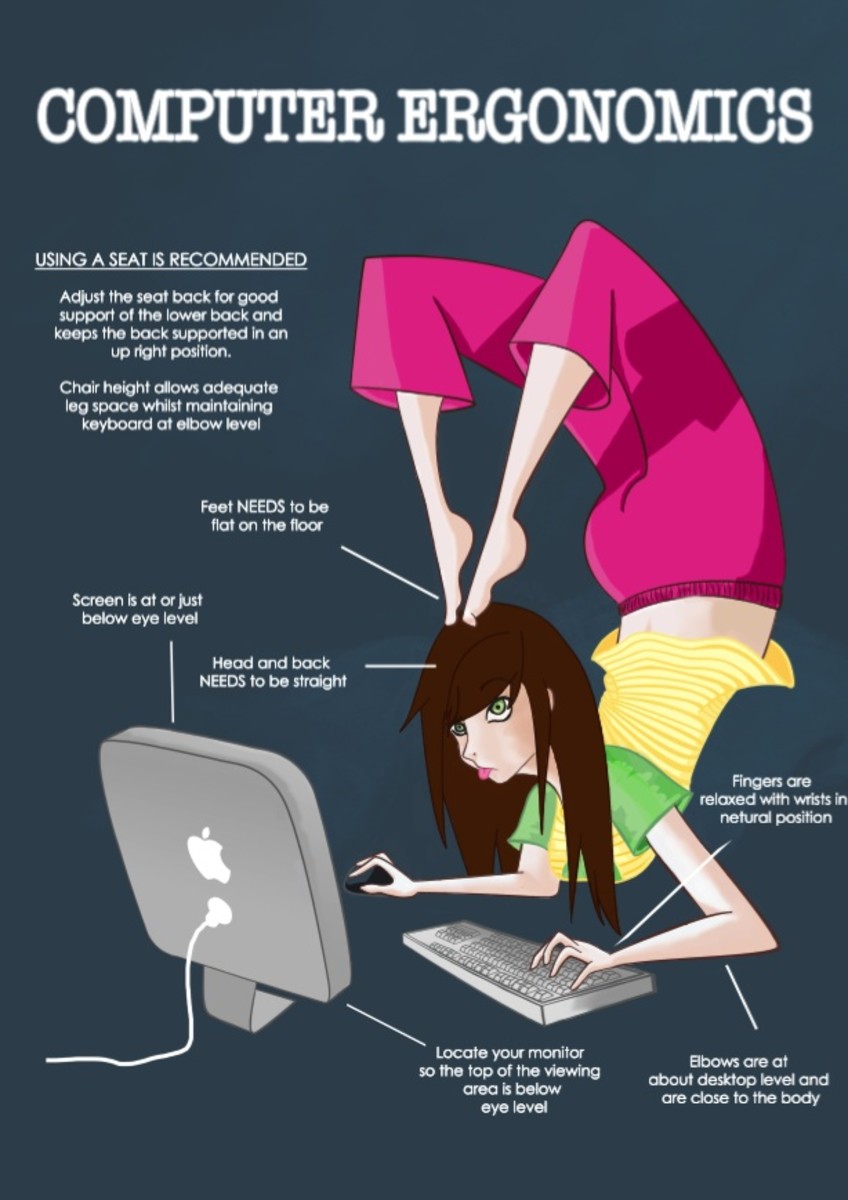A Guide to Ergonomics - Biomechanics, Environmental and Cognitive Ergonomics
This article serves as a guide to ergonomics discussing biomechanics ergonomics, environmental ergonomics, and cognitive ergonomics with their definition and brief overview. Biomechanics ergonomics is the area of ergonomics that is dedicated to the study of human body from the viewpoint of classical or Newtonian mechanics, and biology, but also based on the overall knowledge of occupational medicine, physiology, anthropometry, and anthropology. Its main objective is the study of the body in order to obtain maximum performance, resolve a disability, or design tasks and activities that most people can perform them without risk of damage or injury. Some of the problems in the biomechanics that have intensified its research are the manual movement of loads, and repetitive microtrauma, or cumulative trauma disorders.

One area where it is important to involve experts in biomechanics is in the evaluation and redesign of tasks and jobs for people who have suffered injuries or have presented problems for repetitive microtraumas since a person who has been disabled for this such problem should not return to the same job without having being evaluated and getting appropriate modifications. It is very likely that he suffered irreversible damage and will suffer soon. Similarly, it should evaluate the task and the post where the problem appeared as there is a high chance of having the same damage after spending some time in the same repetitive activity.

Environmental Ergonomics is the area of ergonomics that deals with the study of the physical conditions surrounding the man and that influence their performance in various activities, such as the thermal environment, noise level, lighting level and vibration. The application of knowledge of ergonomics and environmental design aids in ergonomic job evaluation and modification of workstations according to the ergonomic standards in order to increase performance, safety, and comfort of those working in them.

Cognitive Ergonomics deals with issues such as
the process of reception of signals and information, the ability to process and
act upon information obtained, knowledge, and experience. The interaction
between humans and machines or systems are dependent on information exchange in
both directions between the operator and the system as the operator controls
the actions of the system or machine through the information you enter and
actions done on this, but they also must consider that the system feeds on
certain information to the user by means of signals to indicate the status of
the process or system conditions.


The study of problems of signal reception and interpretation became important during World War II, the time when computers were developed more complex compared to those known so far. This area of ergonomics has wide application in the design and evaluation of software, control panels, and materials.




